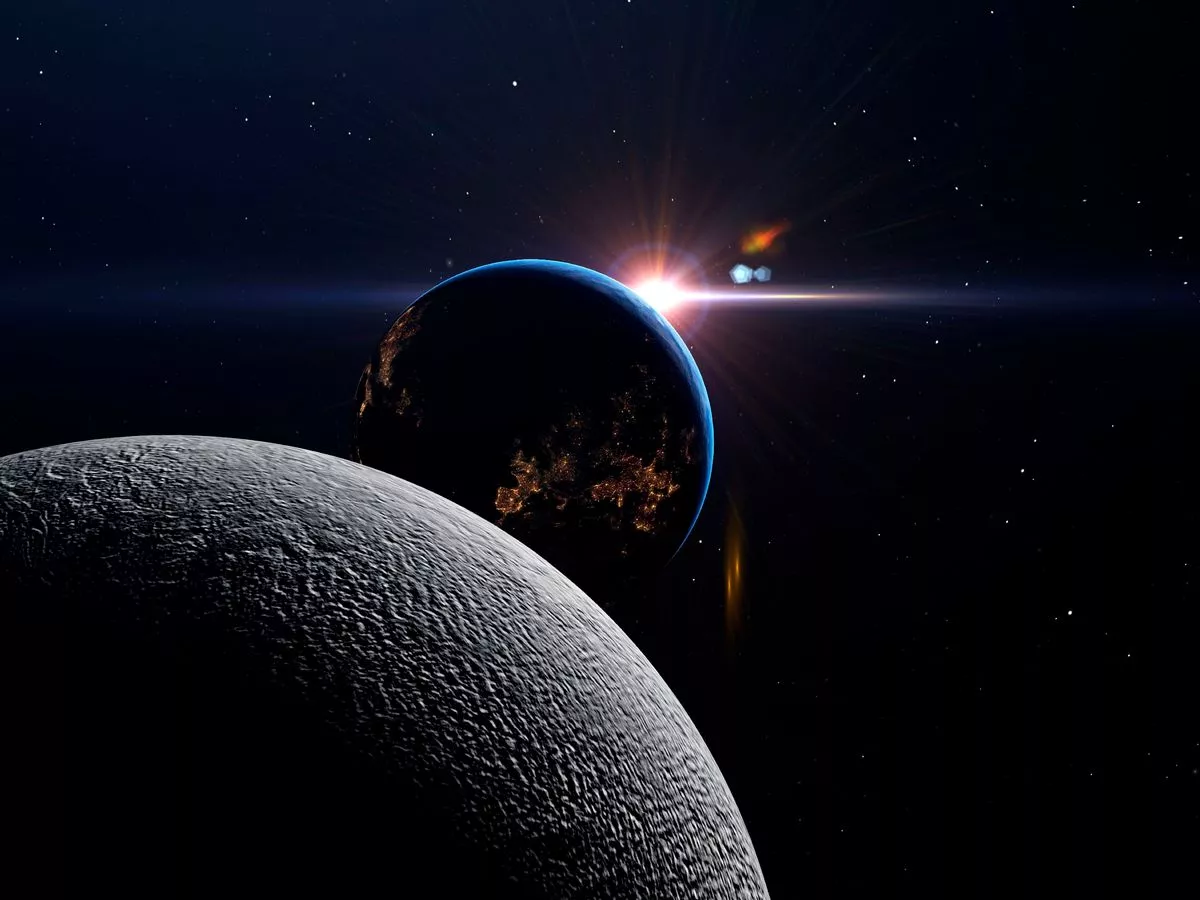Copyright manchestereveningnews

The Earth now has another Moon. Kind of. NASA simulations have revealed that Earth has a new 'quasi-moon' - a celestial body that is sharing an orbit round the Sun with us. Named 2025 PN7, this small asteroid is not a true Moon as it is not gravitationally bound to Earth, but rather a cosmic companion that appears to follow our planet. Experts at the Pan-STARRS observatory in Hawaii first spotted the object this summer. It's just 19 metres (62ft) wide and has been following Earth since the 1960s. Scientists suspect it likely slipped into its current orbit around 1957 - and NASA simulations suggest it will drift away again in 2083. During that time, 2025 PN7 will swing between roughly 2.5 million and 11 million miles from Earth. That's around 10 to 40 times the distance between our planet and the Moon. Unlike our Moon, which can be seen with the naked eye, this tiny rock is only visible through powerful telescopes. The rock is actually one of a handful of known 'quasi-moons' that travel alongside Earth. Researchers say these little asteroids could hold clues about how our solar system formed. Some may have come from the main asteroid belt, while others might have travelled from the Moon. These 'quasi-moons' are also different from 'mini-moons' - small, temporary asteroids that are briefly captured by Earth's gravity. Unlike the permanent Moon, these objects are not in a stable orbit and typically stay for only a few months to a couple of years. 'Quasi-moons', however, can be our cosmic companions for tens or even hundreds of years. And while talk of a new asteroid on the block might spark concern, the latest 'quasi-moon' does not pose a threat to Earth. Though these 'quasi-moons' are "full of surprises", Carlos de la Fuente Marcos, from the Complutense University of Madrid, told Live Science last month. And how have scientists only just spotted this tiny space rock that has been following around us for so long? Because 2025 PN7 is "small, faint and visibility windows from Earth are rather unfavourable, so it is not surprising that it went unnoticed for that long," de la Fuente Marcos said. A paper describing the discovery of 2025 PN7 was published in Research Notes Of The American Astronomical Society .



